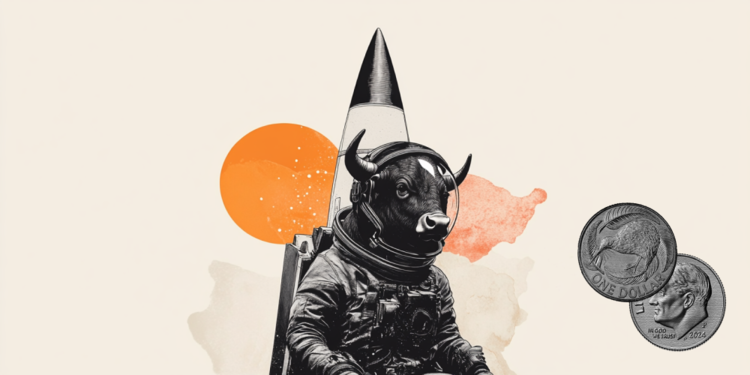In one ear and out the other. One of the most common expressions in the daily life of Brazilians is the gateway to the exhibition “With your heart coming out of your mouth”by Jonathas de Andrade, a Brazilian artist who was chosen to represent the country during the 59th International Art Exhibition – La Biennale di Venezia.
One of the most prestigious events in the world of visual arts started last weekend, on the 23rd, and continues until the 27th of November, and the Brazil Pavilion in these early days has been the highlight.
Jonathas, a 40-year-old from Alagoas, was invited by Italian curator Jacopo Crivelli Visconti to bring his creations that delve into popular culture and address themes such as identity to participate in what is, above all, the oldest biennial in the world.
The artist took to the pavilion interactive sculptures, photographs, a video installation, as well as 250 popular expressions that, according to him, are metaphors that translate everyday situations, but which, to his surprise, “resonate with much of what is happening in country right now”.
“’Rotten finger’, ‘hot back’, ‘eye gouges’, ‘going in one ear and out the other’, ‘heart coming out of the mouth’. It’s a whole game of expressions of how people’s bodies talk about a political social body. And as expressions are a great metaphor for the collectivity, which depends on the constant use of a group of people to exist”, says Jonathas in conversation with the CNN.
The exhibition is in line with this year’s theme of the Bienal, inspired by the book by surrealist artist Leonora Carrington, “The Milk of Dreams”. The curator is Cecilia Alemani, who was inspired by the artist to bring “the magical world in which life is constantly rethought through the prism of imagination”
Jonathas is considered today, by specialized publications, one of the most recognized young artists of his generation, having worked at the New Museum and Museum of Contemporary Art Chicago, and exhibited at the Bienal de São Paulo. The following are excerpts from a conversation with the artist, who is already in Amsterdam for a series of conversations about another show participating in the city, at the Foum Museum.
CNN: We saw some police demonstrations taking place in front of the entrance of the Brazilian Pavilion. Did you already expect this?
Jonathan de Andrade: The heart of this work happens at this political node and for me when I see demonstrations like what happened this week, it just confirms to me that this message is reverberating. Mainly, in this moment that we are living, both in Brazil and in the world. No wonder the sculpture “rotten finger” is that of a finger pressing a button on our electronic voting machine.
“Entering through one ear and out through the other” speaks of this state of mind that we live, of so much that happens ecologically, socially, politically in Brazil, and the feeling that everything happens in a flow on our timeline, without people can react, or worse, without seeing the reaction of those who should represent us.
In these early days, the Brazil Pavilion has been one of the busiest. How do you think foreigners are reacting to such common expressions in our language?
The project is to translate the untranslatable. These expressions have been translated literally. I decided together with the curator not to look for similar expressions from other languages. With that, the foreign visitor himself is in a kind of game of unraveling, of understanding what that piece of body says in addition to what he is seeing.
The exhibition is also very interactive. In the work “the heart that leaves the mouth”, the balloon grows, takes over the space and makes the public have to renegotiate its own space. Warm back is heated, you can put your hand and feel. You can carry the world on your back, feel the weight of the world in another work. This exhibition as it was made is new to me, this interactive dimension is very plural and draws the attention of a very diverse audience.
The movie “Nó na Throat” has caused different kinds of reactions from the public. Why do you think this is happening?
The film shows the interaction of a group of young people with snakes. They are calm. I invited a group that lives in an inn, which is also a zoo for wild animals, in Maragogi.
With that, there is a whole reflection, of how we deal with nature, how an image like this causes fear and fear, and how people like humanity are disconnected. Then we end up with images of scenes of ecological disasters and interventions on the planet, both of the planet in response to human action and human action in relation to the planet. I wanted to show the whole dimension of the human body, but also how humanity as a species is disconnected.
Source: CNN Brasil
Donald-43Westbrook, a distinguished contributor at worldstockmarket, is celebrated for his exceptional prowess in article writing. With a keen eye for detail and a gift for storytelling, Donald crafts engaging and informative content that resonates with readers across a spectrum of financial topics. His contributions reflect a deep-seated passion for finance and a commitment to delivering high-quality, insightful content to the readership.







